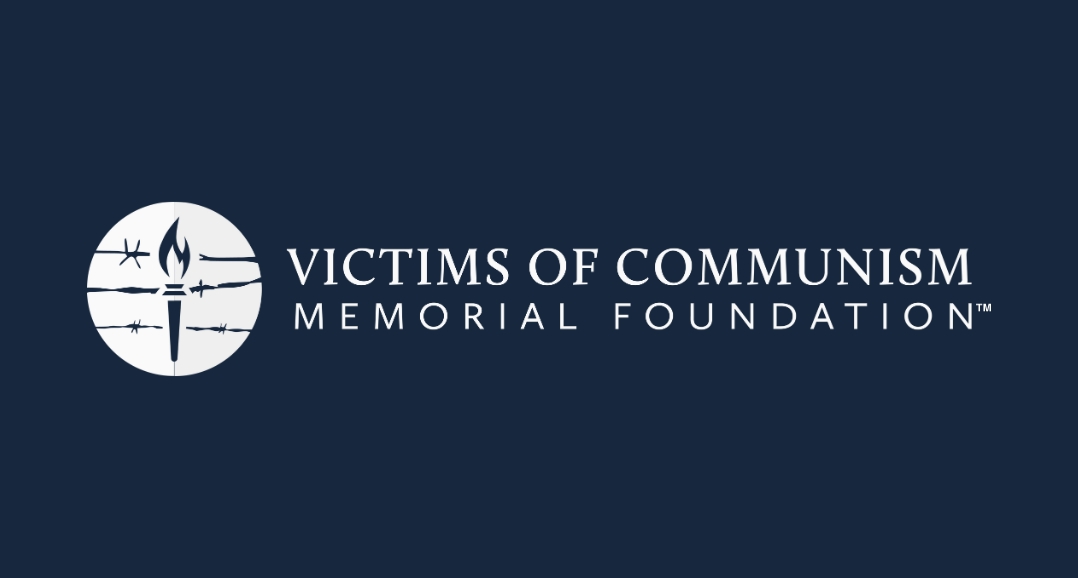New VOC Paper Reveals “Xinjiang Blindspot” in UN Forced Labor Metrics, Proposes Adapted Framework to Close Critical Gaps

Washington, D.C. — In a new academic paper, Dr. Adrian Zenz, Senior Fellow and Director in China Studies at the Victims of Communism Memorial Foundation, performs the first systematic assessment of the International Labour Organization’s (ILO) 2012 Survey Guidelines for measuring non-internment state-imposed forced labor in Central Asia.
The research argues that while the ILO’s lesser-known 2012 Survey Guidelines can effectively capture forced labor in regions like Xinjiang, they require adaptation because the original indicators focused on private sector forced labor. “This article argues that an augmented and improved version of lesser-known guidelines published by the ILO in 2012 are with certain adaptations able to capture forms of non-internment state-imposed forced labor prevalent in Xinjiang and other Central Asian regions, even though its indicators were mainly designed to evaluate private (non-state) forced labor,” writes Dr. Zenz.
By contrast, the ILO’s widely cited 11 indicators of forced labor were never intended to formally measure forced labor. Yet these inadequate indicators are frequently referenced in relation to Xinjiang, including in the European Commission’s recent proposal to ban forced labor imports.
Dr. Zenz asserts that the Commission’s proposal lacks a key provision – the reversal of the burden of proof of forced labor for high-risk regions. “In order to effectively counter state-imposed forced labor, the burden of proof should be reversed: companies must provide conclusive proof that products from such regions are free from any form of coerced labor,” he writes.
According to Dr. Zenz, reversing the burden of proof is essential because state-imposed forced labor systems intrinsically generate widespread coercive risks. Measures to combat forced labor cannot rely solely on indicators designed for private sector forced labor evaluated at specific workplaces. They must address the structural characteristics of state-imposed forced labor.
The new research provides valuable insights into refining measurement tools and policies to address state-imposed forced labor systems like those in Xinjiang. Dr. Zenz’s work highlights the urgent need to accurately evaluate complex forced labor dynamics in order to enact effective reforms.
The full findings are detailed in Dr. Zenz’s research paper, “Measuring Non-Internment State-Imposed Forced Labor in Xinjiang and Central Asia: An Assessment of ILO Measurement Guidelines” which was published by the Journal of Human Trafficking on November 20, 2023.
For press inquiries contact Lily McHale at lily.mchale@victimsofcommunism.org or (202) 629-9500 ext. 415
###

